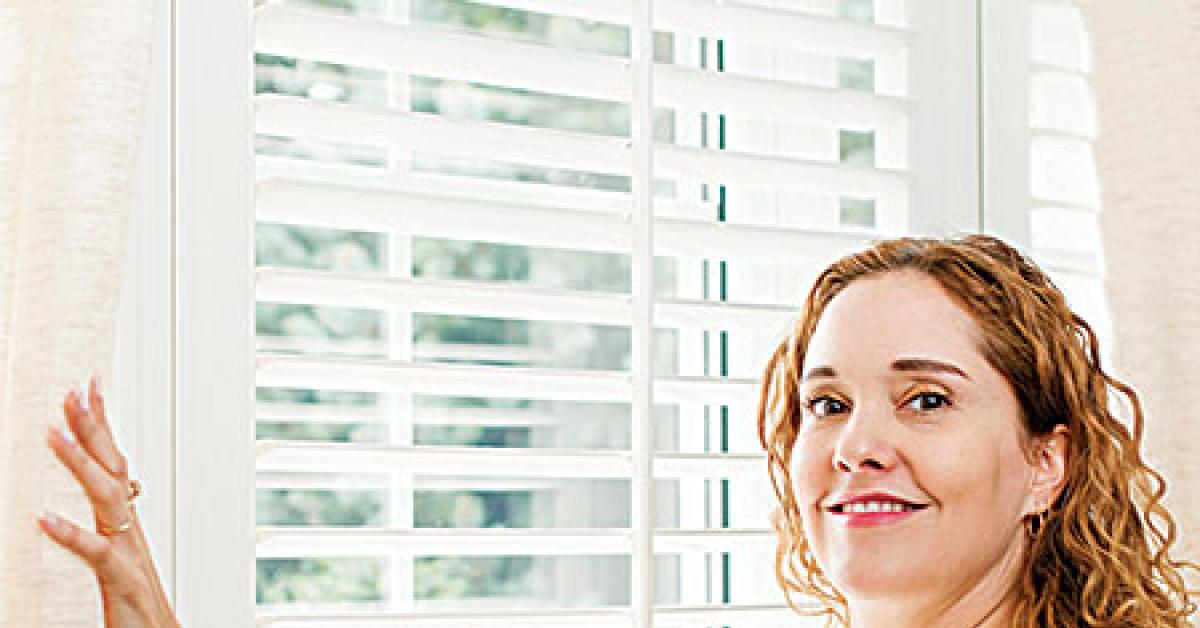CONCORD, N.C. — While a majority of our items are wearing apparel, there are times when our customers turn to our professional care for household items.
It could be drapes, a special tablecloth, napkins, and even placemats. I have one customer that has a full set of table linens for each holiday. I can depend on her for a service of eight after each holiday. That is just like money from home.
But there are pitfalls and considerations that can trip you up along the way to a successful cleaning job.
Window fashions are a wonderful way to supplement your normal income stream. There are variations of construction that will impact the method of handling and therefore the price structure for your service.
Curtains are usually unlined and under 60 inches long. If they have a water-based care instruction, you can easily treat them as fine-washable. This means water under 95 F, a mild to neutral-pH detergent, and low mechanical action. They should be rinsed in a wet-side sizing to restore the hand (feel) and make them easier to finish.
Shears can be of most any length but are usually of synthetic material and of a light color. They should be run in small loads of no more than half your washer capacity.
Drapes come in 1-foot increments of 72 inches, 84 inches, and 96 inches, with a price point based on length.
Cleaners are split in how they measure width, some use the number of pleats while others use the linear feet along the bottom. Drapes may be unlined, lined, and even with a heavy thermal lining and these variations influence how they are handled.
Thermal-lined drapes should be run at one-half the machine’s rated capacity, as the thermal lining will absorb and hold solvent until extraction. This greatly increases the weight and thus creates added mechanical action.
When the drapes are extracted, there is tremendous pressure on the fiber, until most of the solvent is released. Draperies should always be sized to replace their hand and restore the original flow as they are hanging.
WINDOW TREATMENTS
Time for some sad news: The sun will eventually kill window treatments. The nearer the window is to the south side of the house, the more extensive the damage to the fiber and the faster it will happen.
Many times, the slightest movement/mechanical action will cause razor sharp vertical tears along the rolls/folds that were facing the window.
You and your customer service rep (CSR) must be aware of this potential hazard and inspect the drapes before accepting them, even with a release. Always get a release for all window treatments.
A quick story to help emphasize my point:
I have a long-time customer that has a breakfast room that has windows on three sides. The windows are 3 feet above the floor, but the window treatments go to the floor. The windows facing east have trees in front of them, and the windows facing west are protected by old-growth oaks. There is no blocking the midday sun from the south.
The royal blue window treatments were custom. After only two years the east-facing treatments were slightly discolored but retained their tensile strength, the west-facing treatments were in ideal shape, but you could hold up the south-facing treatments and see the outline of the window and measure the discoloration at 34 inches from the bottom.
These southern-facing treatments had split in places just from the handling while taking them down. I often ask my customers to point to where the sun comes up in relation to the window.
There is always a risk in garment care, it must be minimized. You have been warned. You know what to look for when taking in window treatments.
Check back Thursday for the conclusion.
Have a question or comment? E-mail our editor Dave Davis at [email protected].

